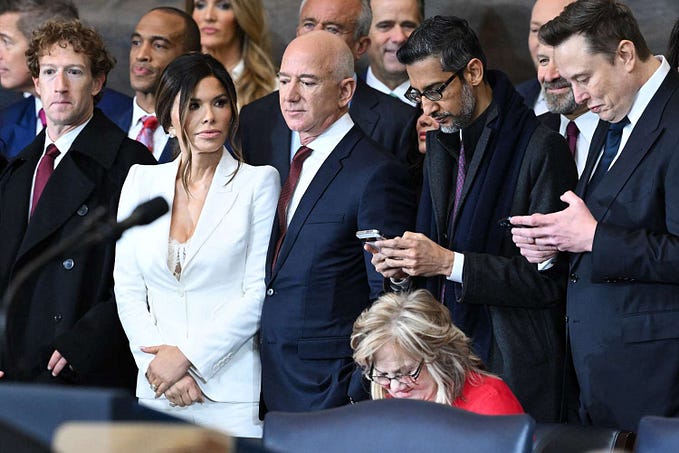
The fetishization of police power in the United States has permeated every sphere of American society. The socialization of this fetish, I argue, begins with the presence of police in U.S. schools. Police power is comforting for privileged communities, yet detrimental to the learning capabilities of low-income schools and students of color. The integration of School Resource Officers, the title given to police officers or security guards hired to monitor schools, into the American K-12 school system is among the greatest threats to democracy in the United States (Price, 2009). School Resource Officers are the most direct link to the school to prison pipeline, are heralds of racial segregation in schools, and are a polarizing threat to police legitimacy.
It is critical to first examine the concept of the school-to-prison pipeline to grasp the severity and urgency of this issue. The school-to-prison pipeline theorizes that experiences and inequities in schooling have a direct link to future incarceration. Additionally, it heavily and disproportionately affects low-income and minority communities. Equally important to recognize is that the school-to-prison pipeline “has dramatically increased the number of juveniles that pass through the criminal justice system” (Price, 2009). Often, school resource officers are the first encounter with law enforcement for school-age children. Whether positive or negative, these early experiences have significant impact on youth outlook of police and the justice system (Brunson & Pegram, 2018). The following excerpt from a study on the presence of police in schools in New Orleans critically illustrates the environment school resource officers foster:
“When students enter John Mac, after standing in long lines to enter the building, they pass through metal detectors staffed by seven securityguards and one officer from the New Orleans Police Department. Students are scanned with a hand-held metal detector while the contents of their book sacks are searched. Cell phones, oversized jewelry and belts with certain buckles are confiscated. Students who set off the metal detectors three times with no item found are sometimes sent away at the door. On various days, students who are not in their classrooms by 9:00 a.m. are locked out of their classrooms while the 31–40 security guards on staff perform a “sweep.” Students rounded up in the sweep are brought to the auditorium and suspended. According to the principal, 52 students were suspended in one day for tardiness. (Tuzzolo and Hewitt 2007,66)”
How can one be prepared to learn in such an extreme, untrusting environment? How can we consider this level of security in schools to be normal? How can we turn away? Some may argue that law enforcement is a necessary response to increased violence within schools (Schept, et.all, 2014). However, I argue that the consequences of increased police presence in schools are far too dangerous and urgent to justify these measures. This level of law enforcement within schools is directly correlated with the increase in juvenile incarceration. The United States puts cops in schools and cops put children in prison.
Further disheartening is the way in which students are racially profiled and targeted by school resource officers and that these actions are upheld by existing systems of discrimination in schools as well as the U.S. as a whole. Because of the severity of educational inequities in the United States, schools are still racially segregated. Police officers in schools disproportionally target students based on race and therefore reinforce the already existing racial disparity (Howard, 2016). Schools that are racially segregated, low-income, and where a majority of students qualify for free or reduced lunch are more likely to have police on campus than schools in white, suburban areas. Additionally, children of color are more likely to be suspended or expelled with Black children being the most likely to receive these severe punishments (Howard, 2016). With the strict implementation of “Zero Tolerance Policies” in the United States, a child’s first infraction is often all it takes to receive the fullest extent of disciplinary action. Since the installation and normalization of the policies, the number of children sent to juvenile detention centers has increased exponentially despite the overall decrease in youth crimes (Price, 2009). It is no surprise that these statistics in conjunction point to the significant and disproportionate impact of the school-to-prison pipeline on low-income students and students of color (Howard, 2016).
Directly due to these extreme environmental conditions, school resource officers undeniably increase youth distrust of the police and systems of power. The suffocating level of police presence in U.S. schools dangerously impacts police legitimacy, the “trust and obligation” felt by the public for police (Worden & McLean, 2017). The inherent threat that lies within this questioning is its polarizing effect on how police legitimacy is felt in predominantly white, affluent communities compared to communities that are low-income, with high numbers of students of color. It pits one side of the population against the other, those who trust the police against those who do not. The dramatically differing viewpoints, each based upon life experience, increase political polarity and volatility. To move away from this, I argue that we need a dramatic overhaul of the police system in the United States. A collective, community based approach to reducing crime and violence is a much safer, less destructive alternative (Dagar, 2014). The public needs to feel that they are a key component in their community’s safety and therefore not threatened by all-powerful external organizations such as the police. If members of a community hold stake in their justice systems, they will be further invested in participating politically and holding their neighbors accountable (Dagar, 2014). Encouraging citizen engagement with local police stations is a crucial first step towards building a community of care and accountability. Police Station Visitors’ Weeks have been implemented in local police stations around the world as a method of this community engagement:
“They mobilize citizens and civil society members to assess their local police stations on … rights-based citizen-oriented services and facilities…” (Dagar, 2014)
The practice of having community members be a vital part of police accountability helps to ensure transparency between police power and the people they should be serving. We must take police forces out of schools and instead encourage children to be active, participating members of their community. This is far from easy work, however it is necessary to protect and provide a safe space for learning for the youth of this country.
To conclude I would like to make clear that school resource officers directly contribute to the school to prison pipeline, reinforce racial segregation of schools, and dangerously decrease police legitimacy. We need to take a critical look into our education system in the United States. We must not be afraid to ask questions and challenge the present status quo. We must ask how we can move towards a collective, community focused future. We need a future that is sustainable for all people. Our future begins in schools.









